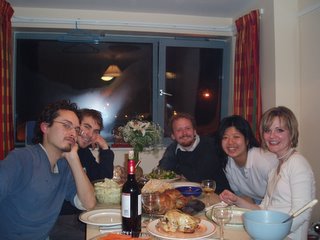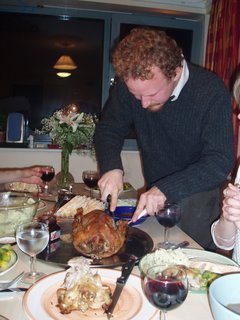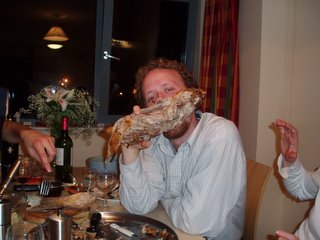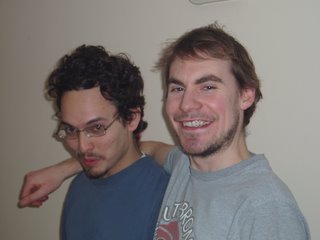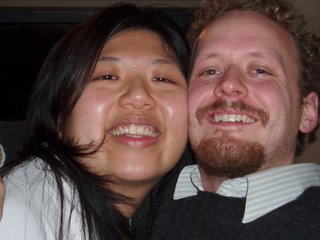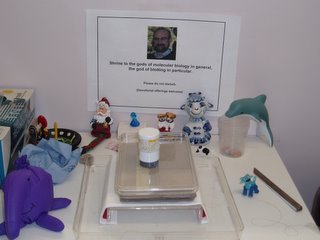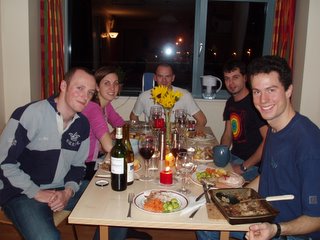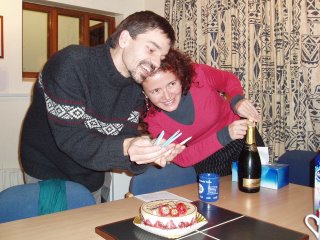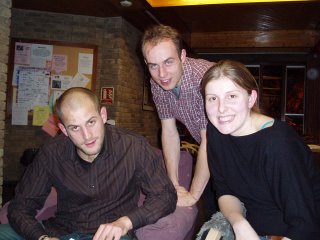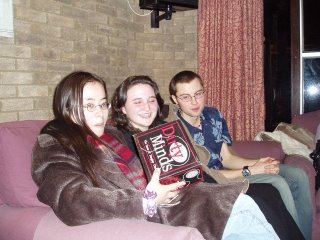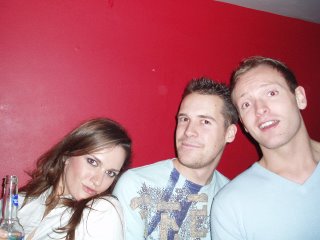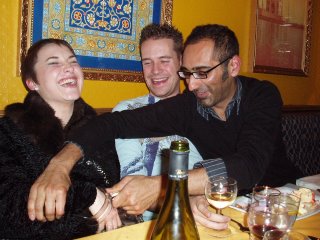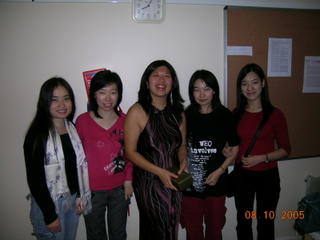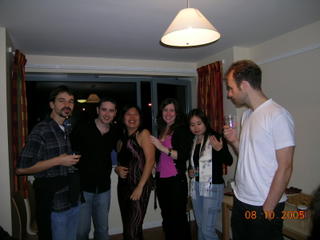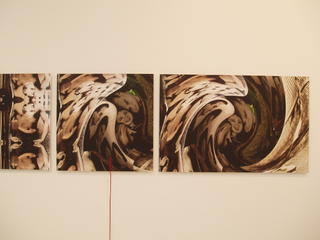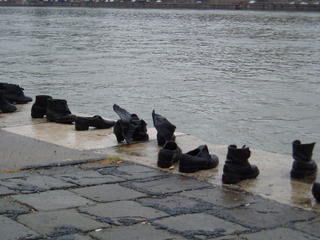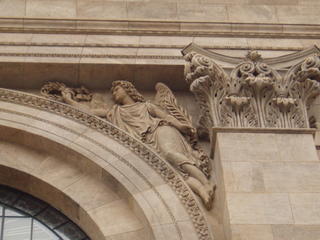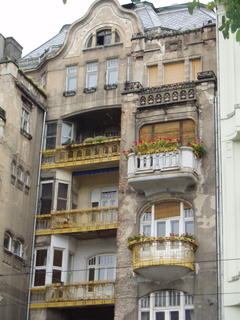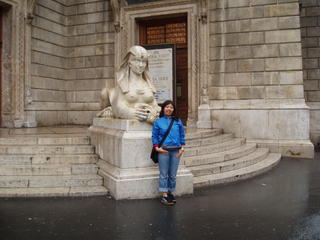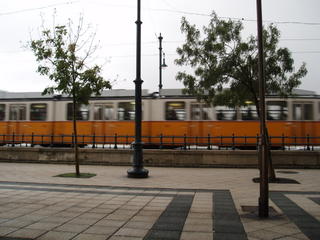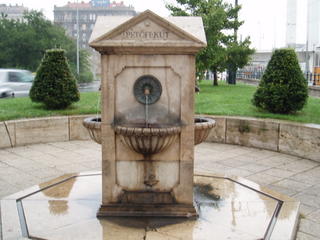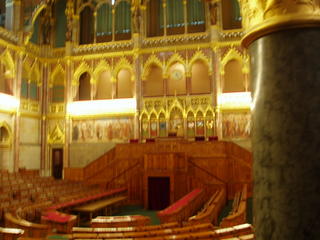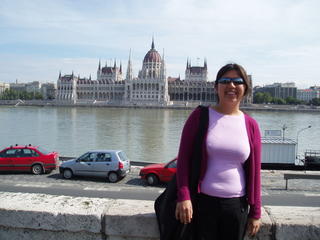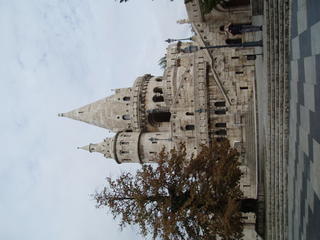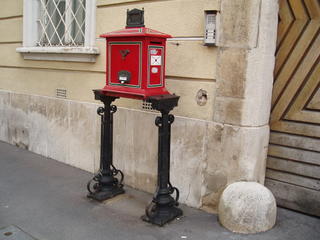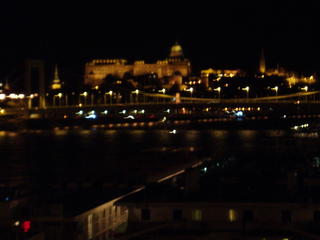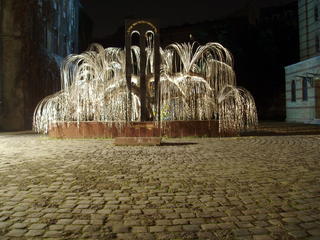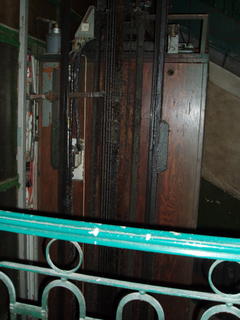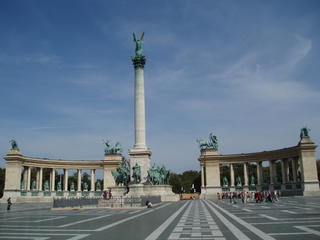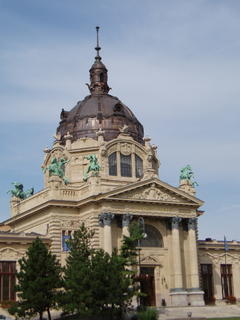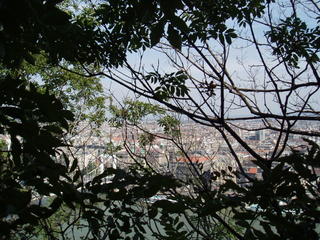Saw this when I was at the Jewish Museum in Budapest. All emphasis in text are mine the rest are copyrighted of the author.
Conviction and doubt by Peter Lajtai Langer
As one of the most fundamental human needs,
religion is highly suitable as a pretext for both comprehensive isolation and for an open kind of progress determined by ability and diligence. In-built formulas help to make everything liveable and explainable - the most shocking dramatic moments, and even pain - just like in any other great intellectual, ideological or consumer value-system. In the intellectual sense - not from a historical perspective - Western-style religious observance has produced two significant experiences. On the one hand, the ideology of metaphysical and rational concepts, rich in contradictions, has developed and strengthened, as has its practise of regulating and guiding everyday life with demands, sanctions, rewards and punishments - the cultural traidtion of ethics and morality, that is.
On the other hand, religions taken as a whole have brough the realization that despite their competitive, combative and exclusionary natire, there are in fact deep and fundamental similarities between these great explanatory systems.
It is striking how, despite their differing sources, texts on man and his environment bring man closer to his neighbour.
The noble service of faith then turned into the blinkered faith of the servants. Slightly different versions of texts and discrepancies hardly affecting the essense of things became overblown, sometimes just out of simplicity and stupidity, sometimes out of selfishness, favouritism and irresponsibility, sometimes with openly base and murderous intent. Why do we eternally interpret the pleasant and spectacular richness of formal differences with antagonistic feelings and prejudices inflamed by dilettantes?
History initially tricked those that formed it without this being noticed; later it did so openly. The hostile environment selected and isolated a smaller group, the ensuing independent development of which gave birth to the social model of eternal dissimilarity. Then, out of an instinctive mutual contempt, the serf became bourgeois, the emancipated were blocked in their attempts to assimilate, and those exploited by capitalism became the convition serial killers of their neighbours.
On the way, we leaned of God that he lives even further away that we thought, that faith is dangerous, that religion is a profession, that is it good if the anointed are ordinary people. And that there are such things as human greatness, goodness, self-sacrifice and setting a good example.A sweeping survey of history does not show the realization of religious similarity to have been a decisive part of Western civilisation.
For the big groups, monotheism has not generated any comfort or any delight in similarities but rather hatrad, radical sectarian identity and the variously petty or uninspired instinct of seclusion. In doing so it leaves behind the traditional curse of inextricability of historical connections, and the trap of settling the score with one's current and cumulative responsibilites. We will never be able to fully understand why people have become the torsos they have become.
We have inherited the tangled sensation of attachment to tradition. This religious worldview was substantively impoverished by the strengthening of scholarly thinking brought by the Englightment. Its loss of credibility made religion more depenedent on appearances and extreme in emotions. The contraction of its own domain was compensated by an incrase in its influence over politics. Secrets and miracles made space for pragmatic avarice and petty attention to detail.
This is how we came to arrive at the age of the free decision between acceptance and/or refusal. In the case of the former, we assume that teaching is eternal and immovable, that its content is the only proclaimed truth, that this is the sunny side of life, that the devout believe in the only authentic human norm, and that their actions reflect this and only this. In the case of refusal, on the other hand, we assume that the teaching is imperfect, that its content is full of speculations and is in part spurious, that the consequences drawn are historically objectionable, and that the bias expressed in it would be amusing were it not outright life-threatening. But neither assumption is true in its fullness. In this sense, it the taste of our culture today to clarify the religious tradition - as one of the deepest human instincts, later as a social institution burdened by history, then as the rethinking and re-evaluation of an accepted or rejected set of bourgeois values.
Long decades meandering through countries, ethnicities and cultures, from one political, religious and consumer system to another, from a noticeably ideological environment into an even more noticeably ideological one: these accumated experiences demand expression. All the more so because, as time passes, I am increasingly given to think that fundamental questions closely affecting our civilisation have not been expressed. It is as if all those with an interest have their paths blocked, like a barrier, by a homogenous, consensual unity. The reason for this is perhaps a lack of knowledge of history and the subject, perhaps a mutual fear and lack of trust, perhaps the extent and weight of, and exaggerated respect for, taboos. My goal is to express the key fundamental question in my own way, with the hellp of the assets of visual art, and, as far as my knowledge and talent allows, to contribute to the discovery of possible answers.
No one can make a global rejection of Western culture built on monotheistic religious premises without being accuseds of naivety. For this reason it is necessary to reach back to the early stages of the development of norms, to the beginning, in the hope that new materials and technologies used for expression can organise knowledge so important for understanding in an innovative fashion. Without this, the useless misunderstandings between one person and another will grow rather than decrease.
In an age of changing paradigms, we expect an artist to present the material world brought into focus in a way that is thematically clear, faithful to its subject, and that demands thoroughness, precision and abundance. Only considered thoughts and the authenticity and richness of detail can produce values that survive the test of time, in contrast to simplification that bears no message, to cheap, spectacular but imprecise speculation, and to the inflexible preservation of empty sylistic tricks.
It is in this sense that symbols of Judaism find a place in my works. In redrafting them, I have a number of objectives. Firstly, I wish to show a culture considered to be universal can capably be depicted by use of any material world judged to be particular. This is how the treasures of Judaism - the tallith, tefillin, prayer book, menora, shofar, kiddush cap, and others - will become suitable for the expression of post-modern concepts. This is how I wish to show that being different, if not being the same, does mean being similar.
I would also like to involve the material environment of Jewish cultures in the formal language of universal fine art. With this I wish to express the capacity of the modern nation-based but multicultural society to deal with unknown connections on the basis of prognoses of a known communication model. Even if we are not acquainted with these religious objects and their use- their proportions, colour, location, level of complexity, relation to their environment, whether they are found together or seperately, whether they fit together snugly or not - these are all codes and patterns that we are familiar with from our own environment we know so well.
So even if we do not know the emotional and atmospheric world of the objects in question, we can nevertheless use them to model the connections in the world we do know. And this is the great lesson of the post-modern multicultural age.Finally I do not believe that my biographical details should play a role in the evaluation of the pictures, but neither do I think that the path of one's life has nothing do with the way themes are selected and presented.
It is not the particular way a life happens to develop that matters, much rather the challenge of the presentation of eternal problems, whether intentional or not. It is to this goal, to this challenge that we are accountable, and it is only in the light of this that the process of artistic creation, as an attempt to find solutions, can gain value and authenticity. This is what I see as the rule of thumb for judging my career.
